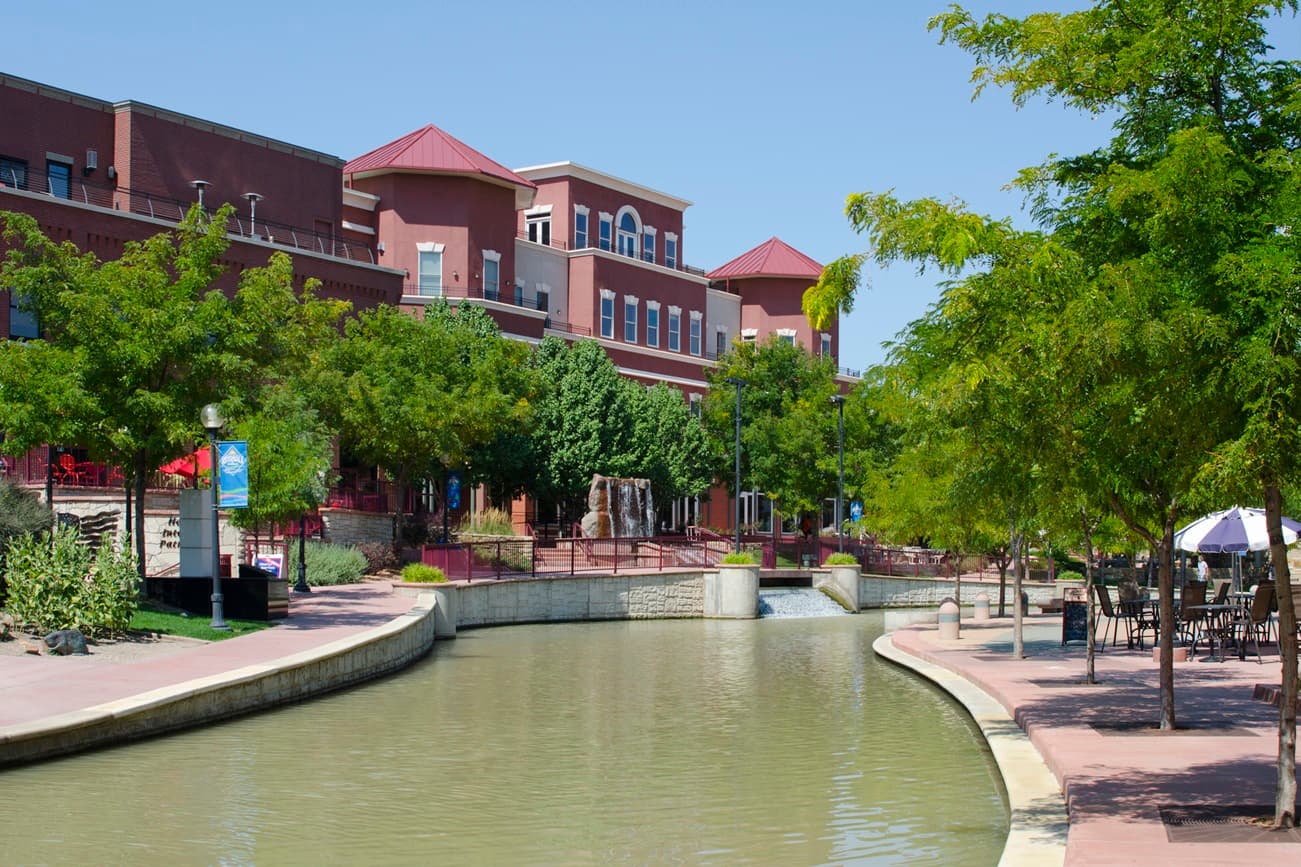Search Spaces to Places
Community Development Advocacy Programs
Housing Opportunity
Housing Opportunity Grants support state and local REALTOR® associations’ affordable housing activities. The goal of the program is to position REALTORS® as leaders in improving their communities by creating affordable housing opportunities.
Smart Growth
Smart growth is an approach to development that encourages a mix of building types and uses, diverse housing and transportation options, development within existing neighborhoods, and community engagement. The Smart Growth Program offers state and local REALTOR® associations a way to engage with government officials, community partners and the general public in planning and designing community’s future.
NAR Placemaking Resources
Placemaking Guide: A Guide to Transform a Public Space into a Community Placepdf
REALTORS® and state and local association staff can learn the details of Placemaking, the kinds of projects Placemaking entails, how to organize them, and where to go for assistance and resources.
Placemaking Grant
The Placemaking Grant funds the creation of new public spaces—like pocket parks, trails and gardens—in a community. The grant focuses on “lighter, cheaper, quicker” Placemaking projects, which can be built under a year and cost less than $200,000.










